Holiday Fire Safety
I love the holidays as much as anyone. I love all the family time, the food, and especially, decorating the house with tons of Christmas lights. My family and I always have a great time. But last year, our Christmas tree – complete with ornaments and lights – fell over while my wife and I were filming something in the kitchen. There was no real damage done, and we can look back on it and laugh, but it really got me thinking about some of the safety issues and what could have happened.
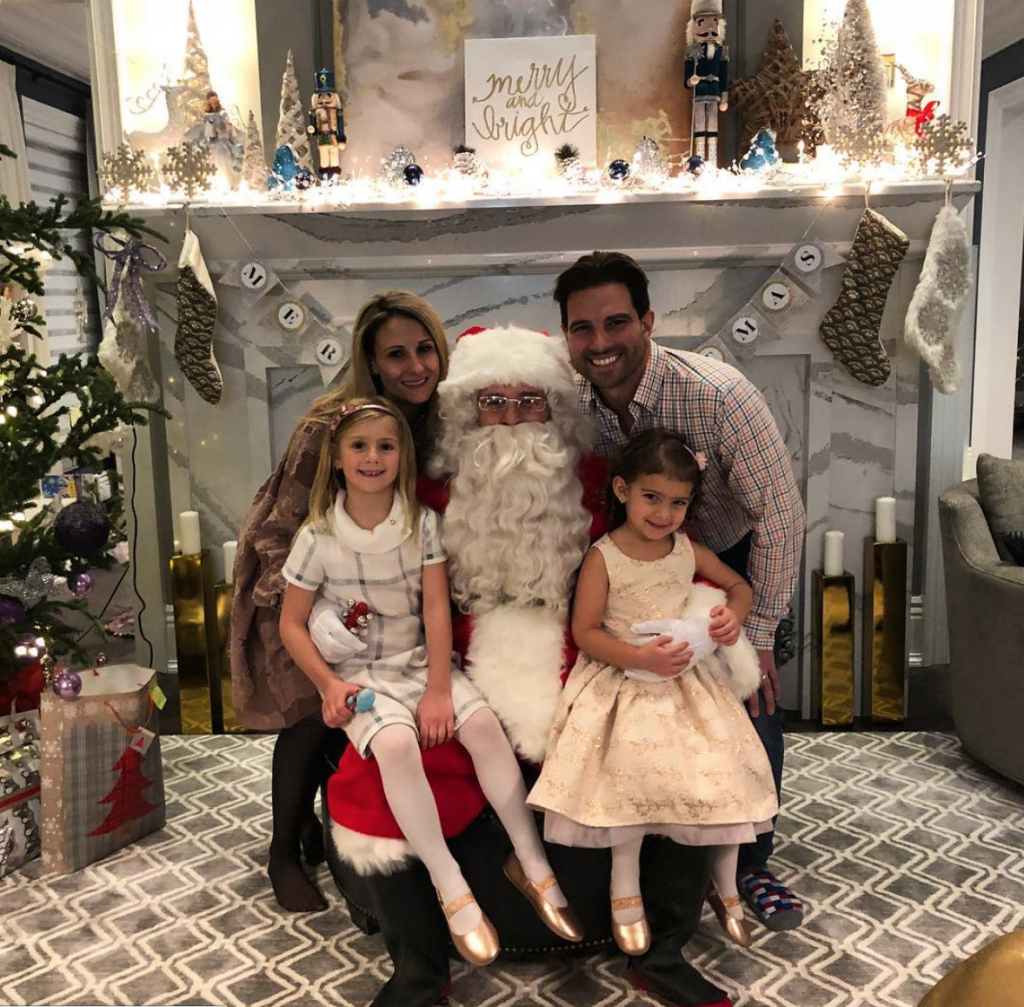
With that in mind I’ve gathered together some safety tips – specifically around holiday fire safety – I think everyone should consider. And remember to visit Kidde.com for more fire safety information and fire safety products.
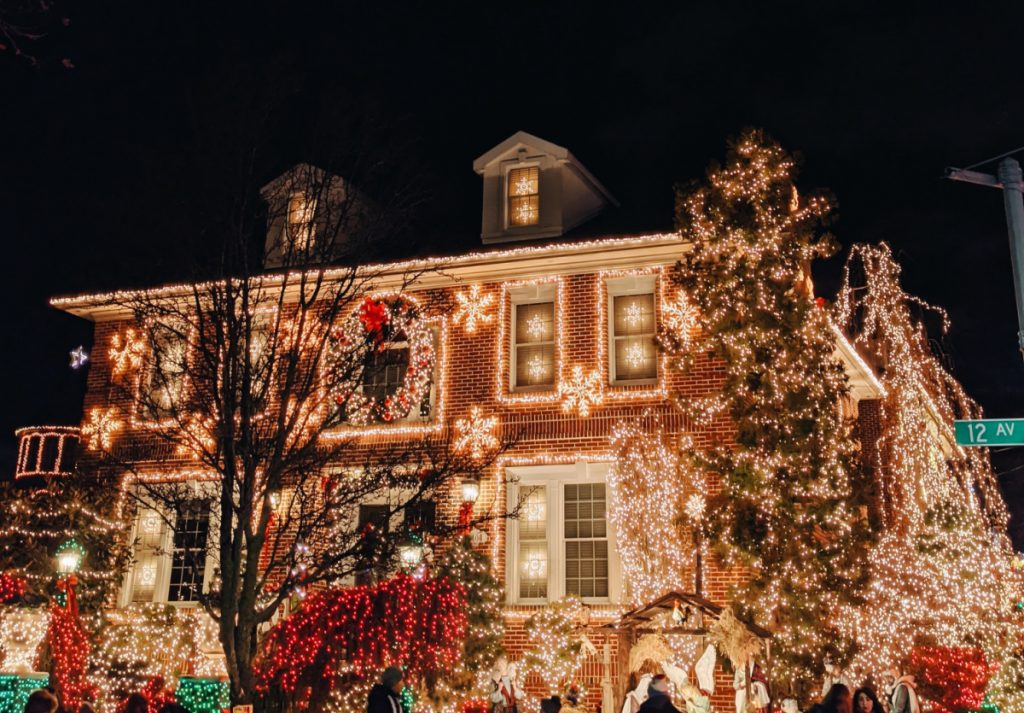
Christmas Lights (Interior & Exterior)
- Before installing and turning lights on check for frayed wires, damaged sockets, and gaps in the insulation. If they’re damaged, toss them.
- Don’t link more than 3 strands of lights together.
- It’s generally not a good idea to plug different types of light sets together. Ie – don’t plug one of your old incandescent light strings into a new LED set.
- Don’t mount lights in any way that could damage the cord’s insulation. Ie – do not mount them using nails, tacks or staples. Instead string them through hooks, use plastic clips, or secure them with insulated tape.
- Turn off all the decorative lights when you leave the house and before you go to bed.
- Don’t overload electrical outlets.
- Don’t run extension cords under rugs. Instead try to run them next to the wall so there’s no tripping hazard. And never connect more than one extension cord together.
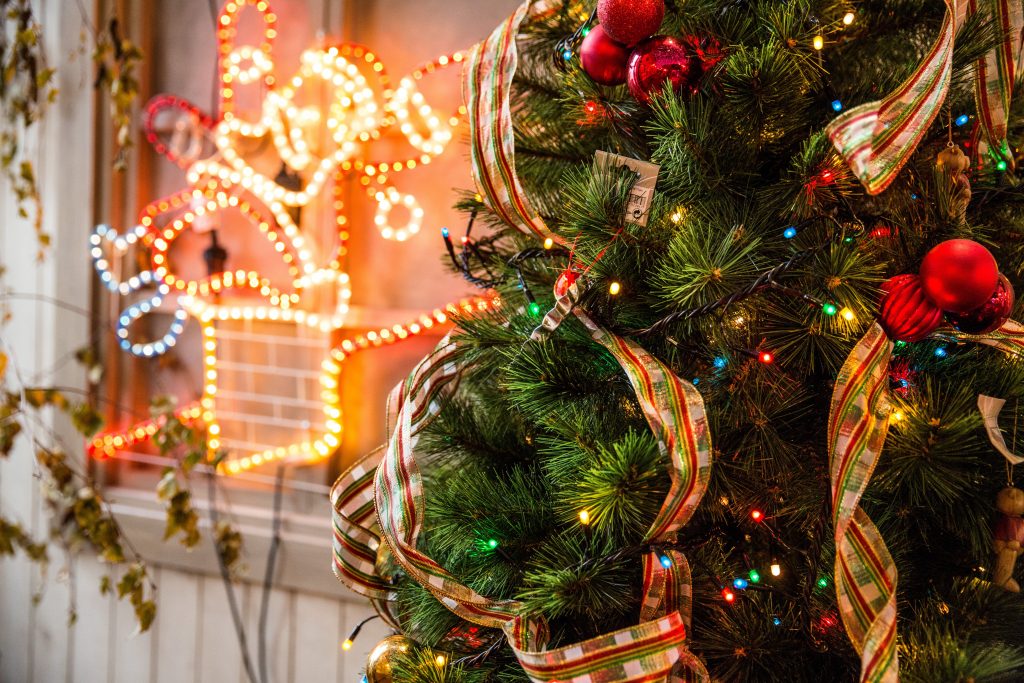
Christmas Trees
- If you get a real tree make sure it’s fresh in order to reduce the risk of fire hazards. If it’s artificial make sure it’s flame retardant.
- Never use electric lights on a metallic tree. The tree can become charged with electricity if the lights are faulty, and if someone touches a branch they could be electrocuted.
- Keep trees away from any heat sources, including fireplaces, candles and heat vents.
- If you have a real tree be sure to keep the tree stand filled with water because heated rooms can dry trees out quickly, which increases the risk of fire.
- Invest in a good Christmas tree stand and make sure the base is steady so the tree won’t tip over.
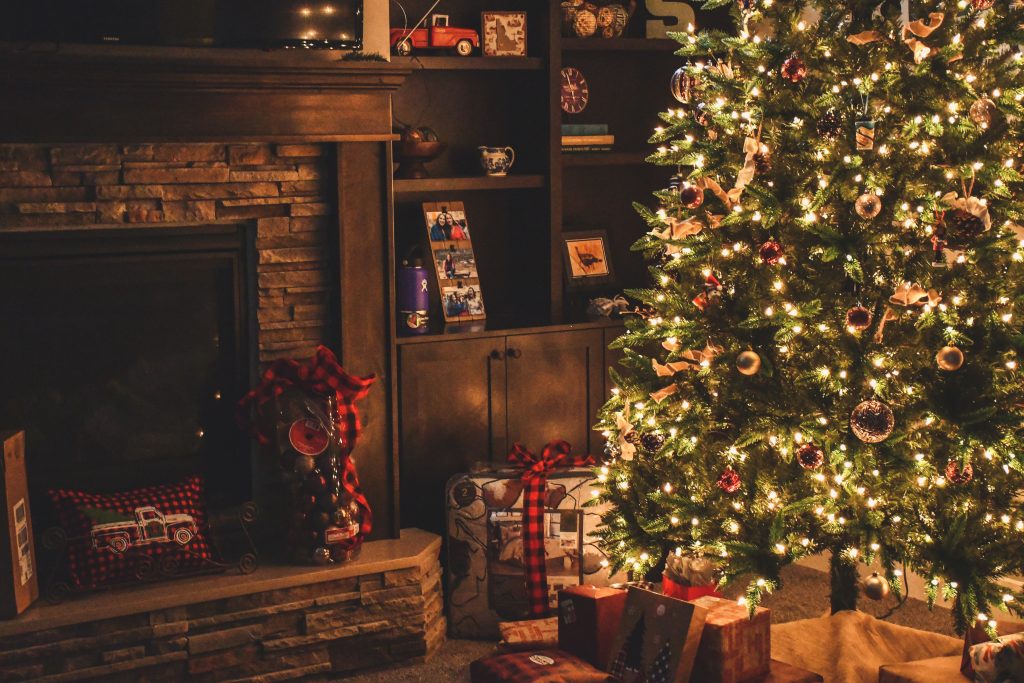
Candles
- Keep candle away from anything that can catch fire (Christmas trees, decorations, etc.)
- Don’t place lit candles in windows, where blinds and curtains can close over them. This is something you sometimes see around Christmas time but it’s not safe.
- Do not leave candles burning anywhere that kids or pets could knock them over.
- Avoid candles with combustible items embedded in them such as paper wrapping, ribbons or jewels.
- Use candle holders that are sturdy, won’t tip over easily, are made from a material that can’t burn
- Extinguish all candles when leaving the room or going to sleep.
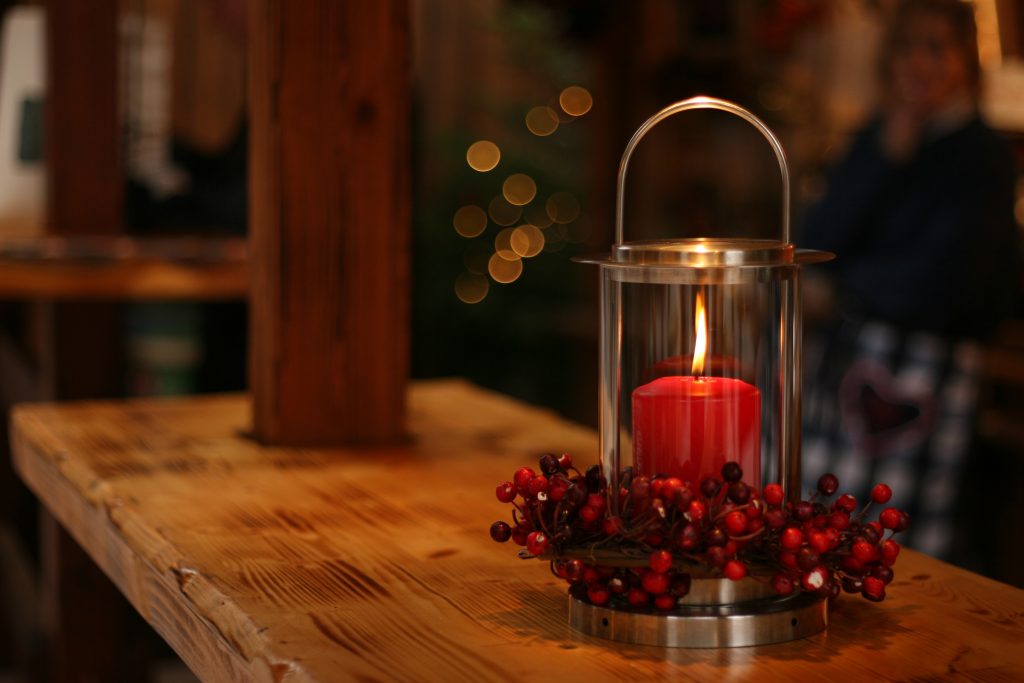
General Fire Safety Tips
Smoke and carbon monoxide alarms must be replaced after 10 years. In addition to testing alarms once each week, check the manufactured date on your smoke and carbon monoxide alarms to make sure they’re current. If they’re older than 10 years of age, it’s time to replace them.
Check out these other important fire safety tips:
For more fire safety information, please visit Kidde.com.

Comments